Home>Gardening & Outdoor>Pool & Spa Care>What Chemicals To Add When Refilling A Hot Tub
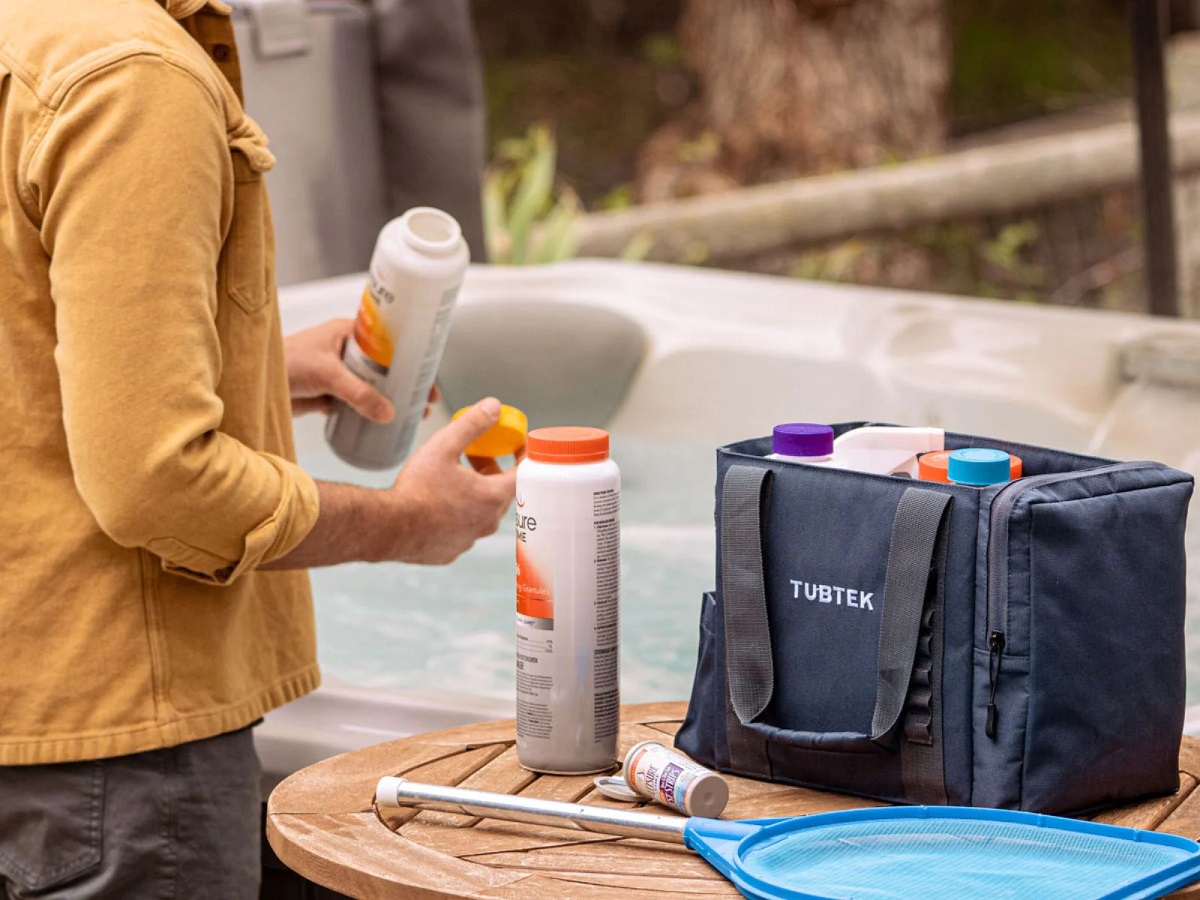

Pool & Spa Care
What Chemicals To Add When Refilling A Hot Tub
Modified: August 23, 2024
Discover the essential chemicals for refilling your hot tub in our comprehensive guide. Ensure proper pool and spa care with the right products.
(Many of the links in this article redirect to a specific reviewed product. Your purchase of these products through affiliate links helps to generate commission for Storables.com, at no extra cost. Learn more)
**
Introduction
**
So, you've just drained and refilled your hot tub, and now you're ready to jump in and enjoy a relaxing soak. But before you do, it's crucial to ensure that the water is properly balanced and sanitized. Adding the right chemicals to your hot tub is essential for maintaining water clarity, preventing the growth of bacteria and algae, and protecting the tub's components.
In this article, we'll delve into the vital task of adding chemicals when refilling a hot tub. We'll explore the different types of chemicals needed, their specific roles, and the importance of maintaining a balanced chemical composition in your hot tub. Whether you're a seasoned hot tub owner or a newcomer to the world of hot tub maintenance, understanding the significance of chemical balance and knowing which chemicals to add will help you keep your hot tub water clean, safe, and inviting.
Let's dive into the details of hot tub chemical maintenance and discover the key components for a pristine and enjoyable hot tub experience.
Key Takeaways:
- Properly adding chemicals to your hot tub is crucial for maintaining water clarity, preventing bacteria growth, and protecting the tub’s components, ensuring a safe and inviting soaking experience.
- Understanding the roles of different chemicals, such as sanitizers, pH balancers, and alkalinity adjusters, helps create a harmonious and sustainable hot tub environment, promoting a safe and enjoyable experience for all users.
Read more: What To Do With Hot Tub When On Vacation
Importance of Adding Chemicals to a Hot Tub
Properly adding chemicals to your hot tub is crucial for several reasons. First and foremost, it helps to maintain water clarity, ensuring that your hot tub remains inviting and visually appealing. Additionally, the right balance of chemicals inhibits the growth of bacteria, algae, and other microorganisms that can thrive in warm, moist environments.
By adding the appropriate chemicals, you create a sanitary environment that is safe for you and your fellow hot tub enthusiasts. This is especially important given that hot tubs are typically operated at higher temperatures, which can promote the rapid growth of bacteria if not properly controlled.
Furthermore, adding chemicals to your hot tub helps to protect its various components, including the pump, heater, and plumbing. By maintaining the correct chemical balance, you can prevent scale buildup, corrosion, and other issues that may arise from untreated water.
Regularly adding chemicals also extends the lifespan of your hot tub, reducing the need for costly repairs and replacements. It’s an investment in the longevity of your hot tub and ensures that you can continue to enjoy its therapeutic benefits for years to come.
Finally, maintaining the proper chemical balance in your hot tub enhances the overall hot tub experience. Clean, clear water free from odors and irritants allows you to fully relax and reap the benefits of hydrotherapy without any concerns about water quality.
Understanding the importance of adding chemicals to your hot tub is the first step toward responsible hot tub ownership. By prioritizing water maintenance, you can create a safe, enjoyable, and long-lasting hot tub environment for yourself and your guests.
Types of Chemicals Needed
When it comes to maintaining a hot tub, a variety of chemicals are essential for achieving and sustaining a healthy and balanced water environment. Each type of chemical serves a specific purpose, contributing to the overall cleanliness, safety, and functionality of the hot tub. Let’s explore the key types of chemicals needed to keep your hot tub in optimal condition.
- Sanitizers: Sanitizing agents such as chlorine and bromine are fundamental for killing bacteria, viruses, and algae in the water. They work to disinfect the hot tub and prevent the spread of harmful microorganisms, ensuring that the water remains safe and hygienic.
- pH Balancers: Maintaining the proper pH level is essential for water balance and bather comfort. pH increasers and decreasers are used to adjust the acidity or alkalinity of the water, helping to prevent skin and eye irritation while preserving the hot tub’s equipment and surfaces.
- Alkalinity Adjusters: Alkalinity increasers help to stabilize the hot tub water’s alkaline levels, preventing rapid pH fluctuations and buffering the water against sudden changes. This contributes to overall water balance and ensures that the pH remains within the optimal range.
- Calcium Hardness Adjusters: These chemicals are used to control the calcium hardness levels in the water, which is crucial for preventing scale buildup on the hot tub’s surfaces and equipment. Maintaining proper calcium hardness helps to extend the lifespan of the hot tub and its components.
By understanding the roles of these different types of chemicals, hot tub owners can effectively manage their water chemistry and create a safe, enjoyable soaking experience. Each chemical plays a vital role in maintaining water quality, protecting the hot tub, and promoting a relaxing and hygienic environment for all users.
Chlorine
Chlorine is a widely used sanitizer in hot tub maintenance, renowned for its effectiveness in killing bacteria, viruses, and algae. It works by breaking down organic contaminants in the water, effectively disinfecting the hot tub and ensuring a safe and hygienic environment for bathers.
When added to the hot tub, chlorine undergoes a chemical reaction that releases hypochlorous acid, a powerful disinfectant that targets and eliminates harmful microorganisms. This process helps to prevent the spread of waterborne illnesses and maintains water clarity, creating a pristine and inviting hot tub experience.
It’s important to maintain an appropriate chlorine level in the hot tub, typically measured in parts per million (ppm), to ensure effective sanitization without causing skin or eye irritation. Regular testing and adjustment of chlorine levels are essential for achieving and maintaining the ideal balance.
Furthermore, chlorine serves as a residual sanitizer, meaning it remains active in the water to provide ongoing protection against contaminants. This residual effect helps to safeguard the hot tub between water changes and bather sessions, contributing to a consistently clean and safe soaking environment.
While chlorine is a potent sanitizer, it’s crucial to use it responsibly and in accordance with manufacturer recommendations. Overuse of chlorine can lead to strong chemical odors, skin irritation, and corrosion of hot tub components. By carefully managing chlorine levels and following proper dosing guidelines, hot tub owners can harness its sanitizing power while ensuring a comfortable and enjoyable soaking experience for all users.
Bromine
Bromine is another popular choice for hot tub sanitization, offering effective protection against bacteria, viruses, and algae while providing unique advantages in certain hot tub environments. Unlike chlorine, bromine remains stable at higher temperatures, making it an ideal sanitizer for hot tubs and spas that are consistently heated.
When added to the hot tub water, bromine releases bromide ions, which are then oxidized to form hypobromous acid. This compound acts as a powerful disinfectant, effectively killing and preventing the growth of harmful microorganisms in the water.
One of the key benefits of bromine is its resilience in the presence of sunlight, making it a reliable choice for outdoor hot tubs that may be exposed to direct sunlight. Unlike chlorine, which can be rapidly degraded by UV rays, bromine maintains its effectiveness in outdoor settings, ensuring consistent sanitization and water clarity.
Bromine also has a lower odor profile compared to chlorine, contributing to a more pleasant and subtle fragrance in the hot tub environment. This can enhance the overall soaking experience, especially for individuals sensitive to strong chemical odors.
Similar to chlorine, maintaining appropriate bromine levels is essential for effective sanitization and bather comfort. Regular testing and adjustment of bromine levels help to ensure that the water remains safe, clear, and free from harmful contaminants.
By understanding the unique properties of bromine and its suitability for specific hot tub conditions, owners can make informed decisions about their sanitization approach. Whether choosing bromine for its stability in heated water or its low-odor characteristics, hot tub enthusiasts can rely on this sanitizer to create a safe, enjoyable, and hygienic soaking experience.
Always test the pH and sanitizer levels before adding chemicals to your hot tub. Use chlorine or bromine for sanitizing, and pH increaser or decreaser to balance the water. Follow the manufacturer’s instructions for the correct dosage.
Read more: What To Know When Buying A Hot Tub
pH Increaser
Maintaining the proper pH level in your hot tub is essential for water balance, bather comfort, and equipment protection. When the pH level is too low (acidic), it can cause skin and eye irritation, corrode metal components, and lead to cloudy water. In contrast, a high pH level (alkaline) can result in scale formation, reduced sanitizer effectiveness, and potential cloudiness.
pH increasers, such as sodium carbonate (soda ash) or sodium bicarbonate (baking soda), are used to raise the pH level of the hot tub water when it falls below the recommended range, typically between 7.2 and 7.8. By adding a pH increaser, you can effectively neutralize acidity, promoting a more balanced and comfortable soaking environment.
Proper pH balance also ensures that your sanitizer, whether chlorine or bromine, remains effective. When the pH level is within the optimal range, the sanitizer can function at its full potential, providing reliable protection against harmful microorganisms.
When adding a pH increaser to your hot tub, it’s important to follow the manufacturer’s instructions and dosage recommendations. Overdosing can lead to a rapid increase in pH, potentially causing cloudy water and reducing the effectiveness of the sanitizer. Careful and measured application of pH increasers helps to achieve gradual, controlled adjustments, promoting water clarity and bather comfort.
Regular testing of the hot tub water’s pH level is crucial for identifying any imbalances and addressing them promptly. By monitoring and adjusting the pH as needed, hot tub owners can create a harmonious water environment that supports both the longevity of the hot tub and the enjoyment of its users.
pH Decreaser
Just as maintaining the proper pH level in a hot tub is crucial, the ability to lower the pH when it becomes too high is equally important. When the pH level rises above the recommended range of 7.2 to 7.8, the water becomes alkaline, potentially leading to scale formation, reduced sanitizer effectiveness, and cloudiness.
pH decreasers, such as sodium bisulfate or muriatic acid, are used to lower the pH level of the hot tub water, restoring it to the optimal range and promoting water balance. By carefully adding a pH decreaser, hot tub owners can counteract alkalinity and create a more comfortable and stable soaking environment.
Proper pH balance not only enhances bather comfort but also supports the effectiveness of the hot tub’s sanitizer, whether it’s chlorine or bromine. When the pH level is within the recommended range, the sanitizer can function at its full potential, providing reliable protection against harmful microorganisms.
When applying a pH decreaser to your hot tub, it’s essential to follow the manufacturer’s instructions and dosage recommendations to avoid overcorrection. Excessive use of pH decreasers can lead to a rapid decrease in pH, potentially causing skin and eye irritation and compromising the hot tub’s equipment and surfaces. Diligent and measured use of pH decreasers ensures controlled adjustments and promotes a balanced and safe soaking experience.
Regular testing of the hot tub water’s pH level is vital for detecting any imbalances and addressing them promptly. By monitoring and adjusting the pH as needed, hot tub owners can maintain a harmonious water environment that supports the longevity of the hot tub and the well-being of its users.
Alkalinity Increaser
Alkalinity plays a crucial role in maintaining the stability and resilience of your hot tub water. Total alkalinity acts as a buffer, helping to prevent rapid fluctuations in pH and stabilizing the water against sudden changes. When the alkalinity level is too low, the hot tub water becomes susceptible to pH swings, potentially leading to corrosive conditions and an uncomfortable soaking experience.
Alkalinity increasers, typically composed of sodium bicarbonate (baking soda), are used to raise the total alkalinity of the hot tub water when it falls below the recommended range, usually between 80 and 120 parts per million (ppm). By adding an alkalinity increaser, you can enhance the water’s ability to resist pH changes, promoting a more balanced and comfortable soaking environment.
Proper alkalinity levels also support the effectiveness of the hot tub’s sanitizer, ensuring that it can function optimally in maintaining water clarity and safety. When the alkalinity is within the recommended range, the water is better equipped to maintain a stable pH, reducing the likelihood of corrosive or scaling conditions.
When adding an alkalinity increaser to your hot tub, it’s important to follow the manufacturer’s instructions and dosage recommendations. Overdosing can lead to a rapid increase in alkalinity, potentially causing cloudy water and hindering the effectiveness of the sanitizer. Careful and measured application of alkalinity increasers helps to achieve gradual, controlled adjustments, promoting water balance and bather comfort.
Regular testing of the hot tub water’s alkalinity level is essential for identifying any imbalances and addressing them promptly. By monitoring and adjusting the alkalinity as needed, hot tub owners can create a harmonious water environment that supports both the longevity of the hot tub and the enjoyment of its users.
Calcium Hardness Increaser
Calcium hardness refers to the concentration of dissolved calcium ions in the hot tub water. Maintaining the appropriate calcium hardness level is essential for preventing water from becoming corrosive or scaling, which can lead to damage to the hot tub’s surfaces and equipment.
When the calcium hardness level falls below the recommended range, typically between 150 and 250 parts per million (ppm), the water becomes aggressive and more likely to leach calcium from the hot tub’s surfaces. This can result in etching, pitting, or other forms of damage to the tub’s materials.
Calcium hardness increasers, often in the form of calcium chloride, are used to raise the calcium hardness level of the hot tub water, restoring it to the optimal range and protecting the tub’s surfaces and components. By carefully adding a calcium hardness increaser, hot tub owners can mitigate the risk of corrosion and scaling, promoting a more durable and long-lasting hot tub environment.
Proper calcium hardness levels also support the overall water balance and help to maintain the integrity of the hot tub’s surfaces. By preventing aggressive water conditions, the correct calcium hardness level contributes to the longevity of the hot tub and its components, reducing the likelihood of costly damage and deterioration.
When applying a calcium hardness increaser to your hot tub, it’s essential to follow the manufacturer’s instructions and dosage recommendations to avoid overcorrection. Excessive use of calcium hardness increasers can lead to a rapid increase in calcium hardness, potentially causing cloudy water and hindering the effectiveness of the sanitizer. Diligent and measured use of calcium hardness increasers ensures controlled adjustments and promotes a balanced and safe soaking experience.
Regular testing of the hot tub water’s calcium hardness level is vital for detecting any imbalances and addressing them promptly. By monitoring and adjusting the calcium hardness as needed, hot tub owners can maintain a harmonious water environment that supports the longevity of the hot tub and the well-being of its users.
Conclusion
Maintaining a hot tub is not only about enjoying a relaxing soak but also about ensuring the safety, cleanliness, and longevity of the tub itself. The addition of the right chemicals when refilling a hot tub is a critical aspect of responsible hot tub ownership, contributing to water clarity, sanitization, and the protection of the tub’s components.
By understanding the importance of adding chemicals to a hot tub and familiarizing yourself with the various types of chemicals needed, you can take proactive steps to create a safe, enjoyable, and hygienic soaking experience. Sanitizers such as chlorine and bromine play a vital role in killing bacteria and viruses, while pH increasers and decreasers help to maintain water balance and bather comfort. Alkalinity increasers and calcium hardness increasers further contribute to water stability and the protection of the hot tub’s surfaces and equipment.
Regular testing and adjustment of these chemicals are essential for achieving and maintaining the optimal balance, ensuring that the hot tub water remains clear, safe, and inviting. Responsible chemical maintenance not only enhances the hot tub experience but also extends the lifespan of the tub and reduces the need for costly repairs and replacements.
By prioritizing water maintenance and understanding the roles of different chemicals, hot tub owners can create a harmonious and sustainable environment for themselves and their guests. Whether you’re a seasoned hot tub enthusiast or a newcomer to the world of hot tub care, the knowledge and practice of adding the right chemicals will enable you to enjoy the therapeutic benefits of your hot tub while fostering a safe and inviting atmosphere for all to appreciate.
So, as you refill your hot tub and prepare for another delightful soak, remember the significance of adding the right chemicals. It’s a small but essential step toward creating a clean, safe, and enjoyable hot tub experience for yourself and your fellow bathers.
Frequently Asked Questions about What Chemicals To Add When Refilling A Hot Tub
Was this page helpful?
At Storables.com, we guarantee accurate and reliable information. Our content, validated by Expert Board Contributors, is crafted following stringent Editorial Policies. We're committed to providing you with well-researched, expert-backed insights for all your informational needs.
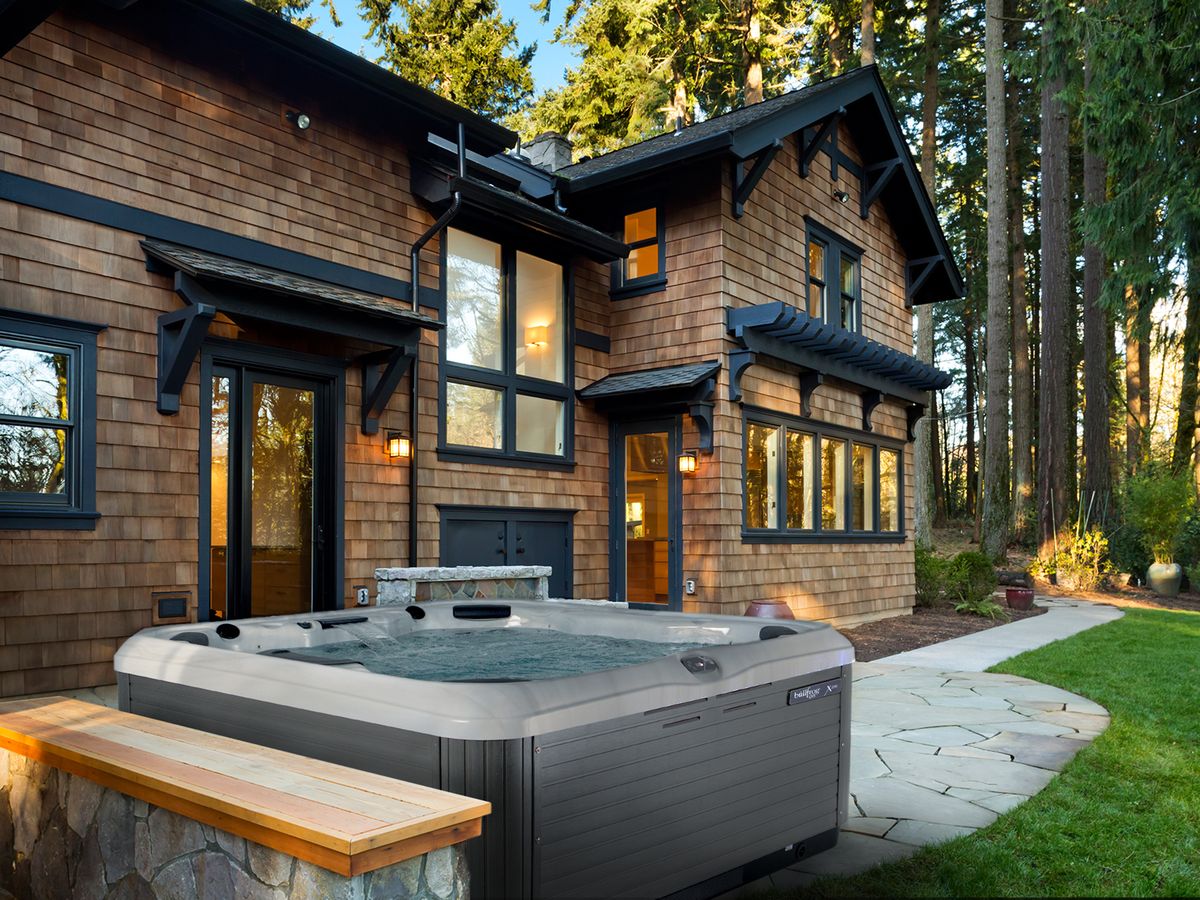
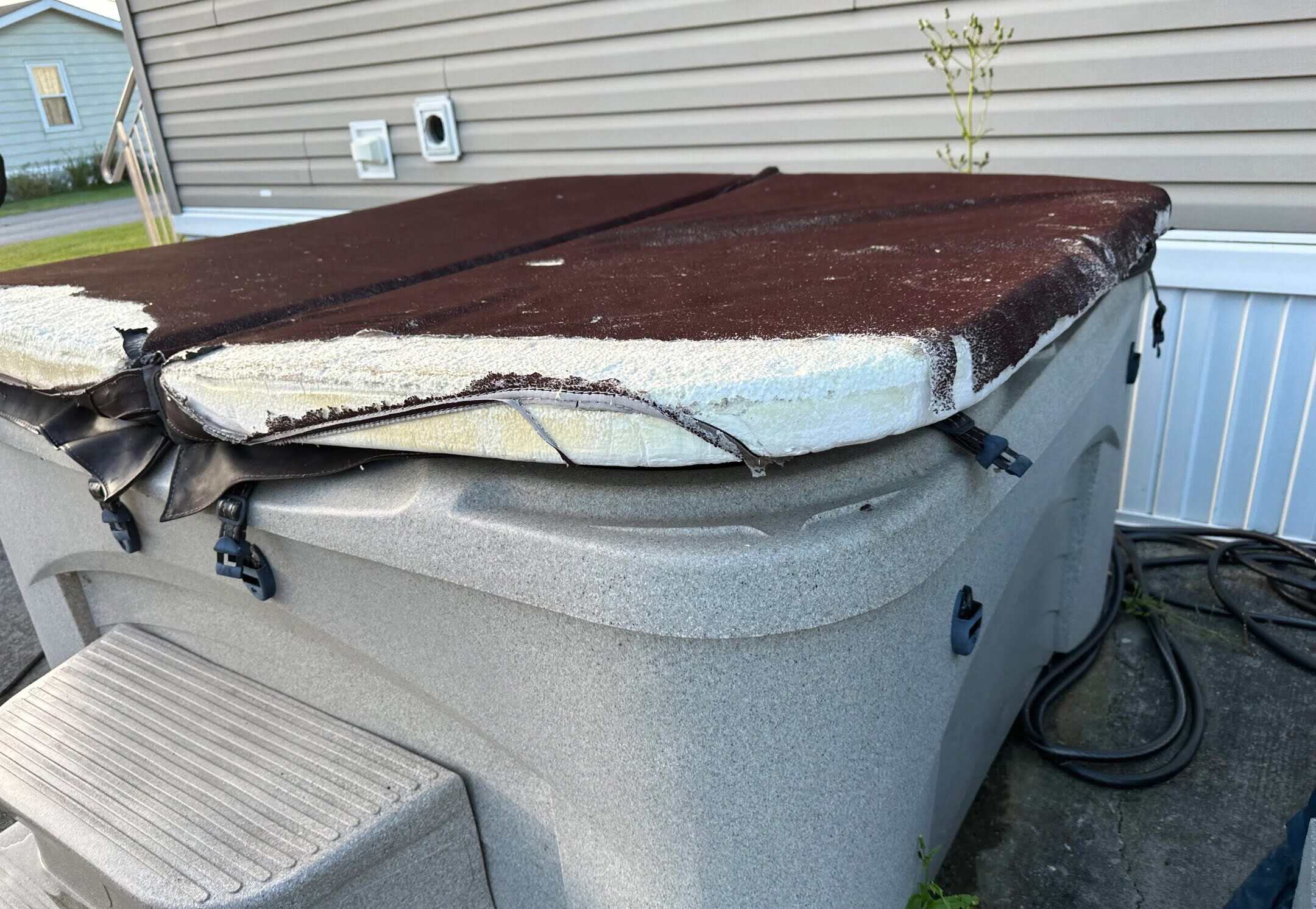
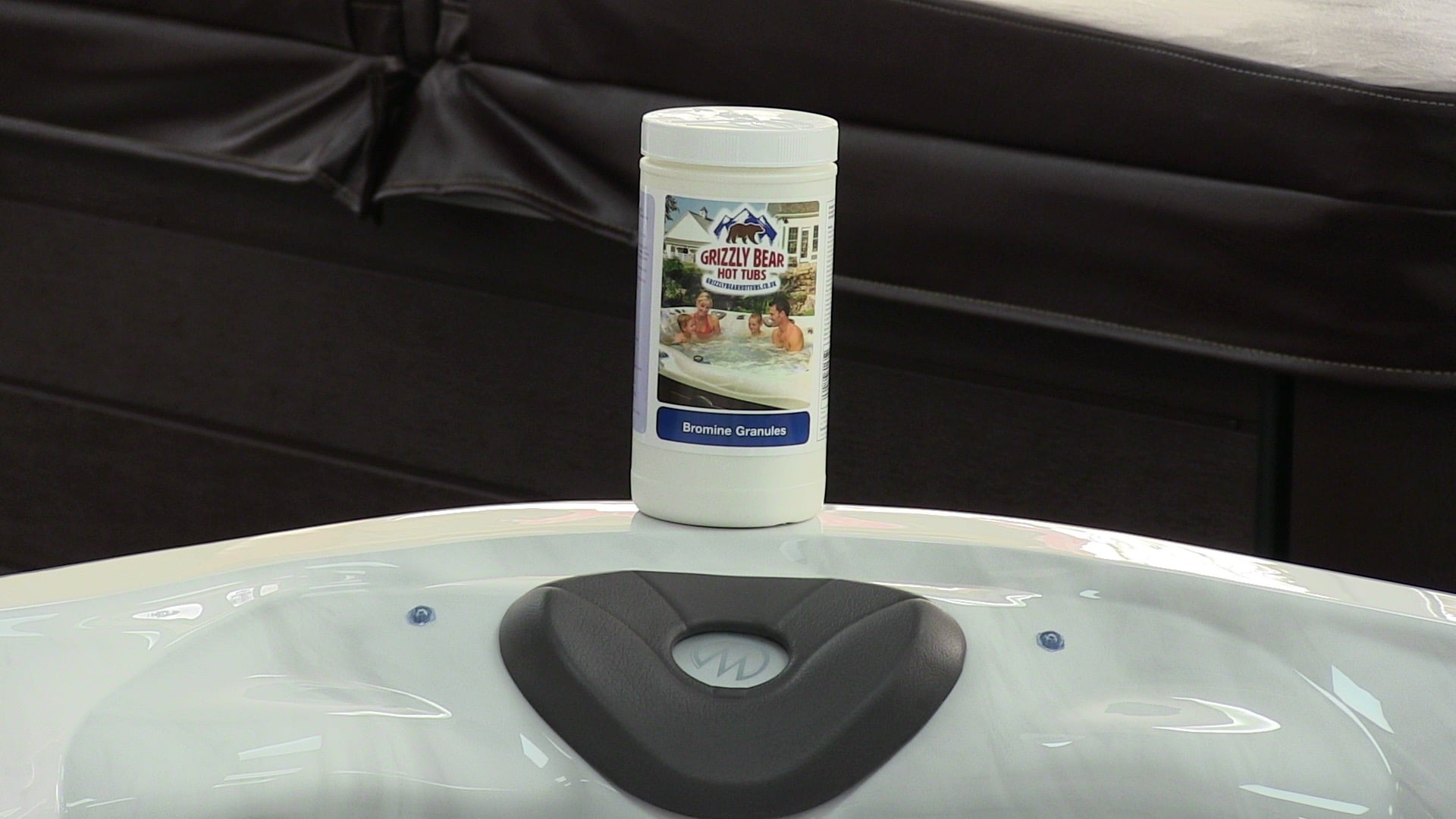
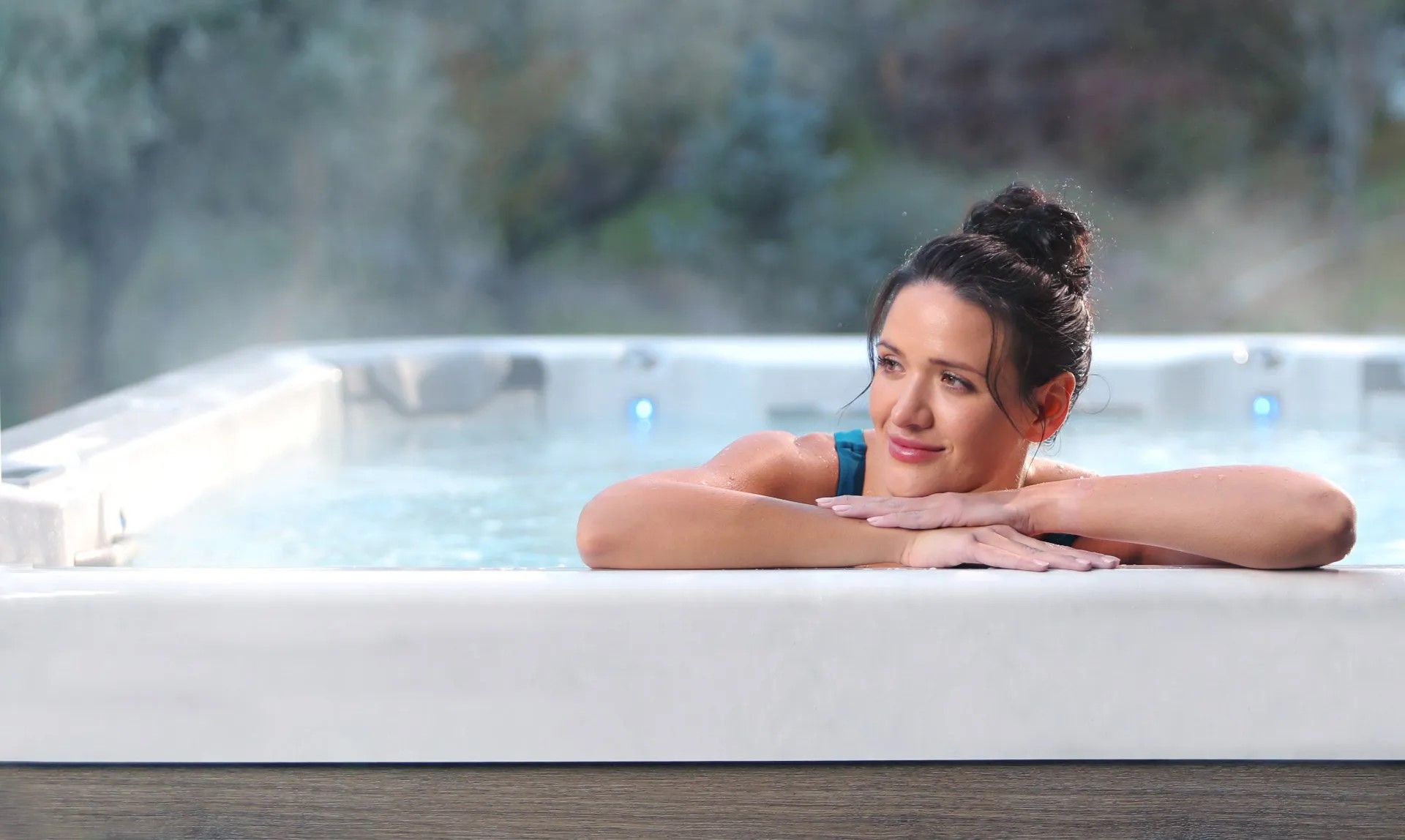
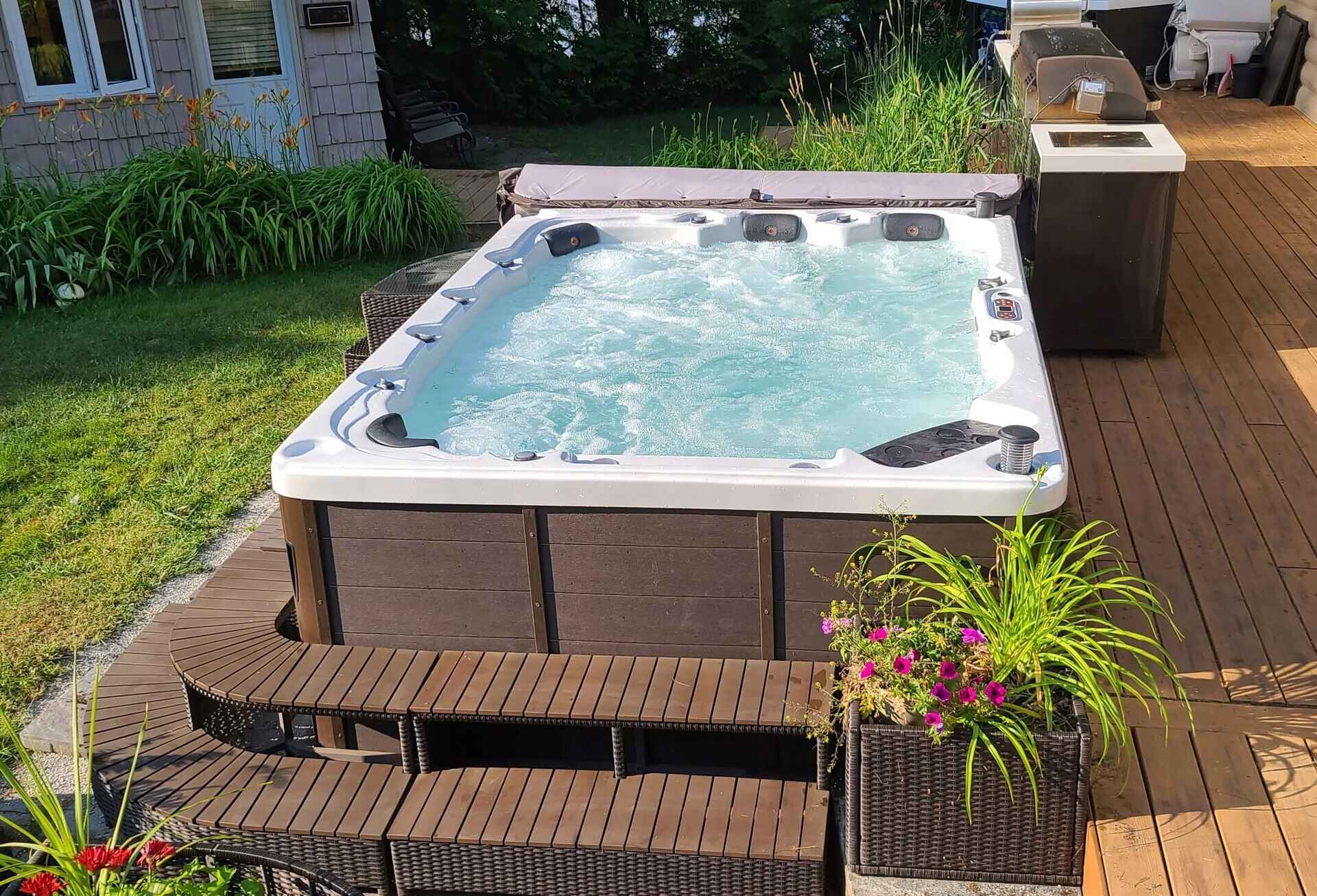
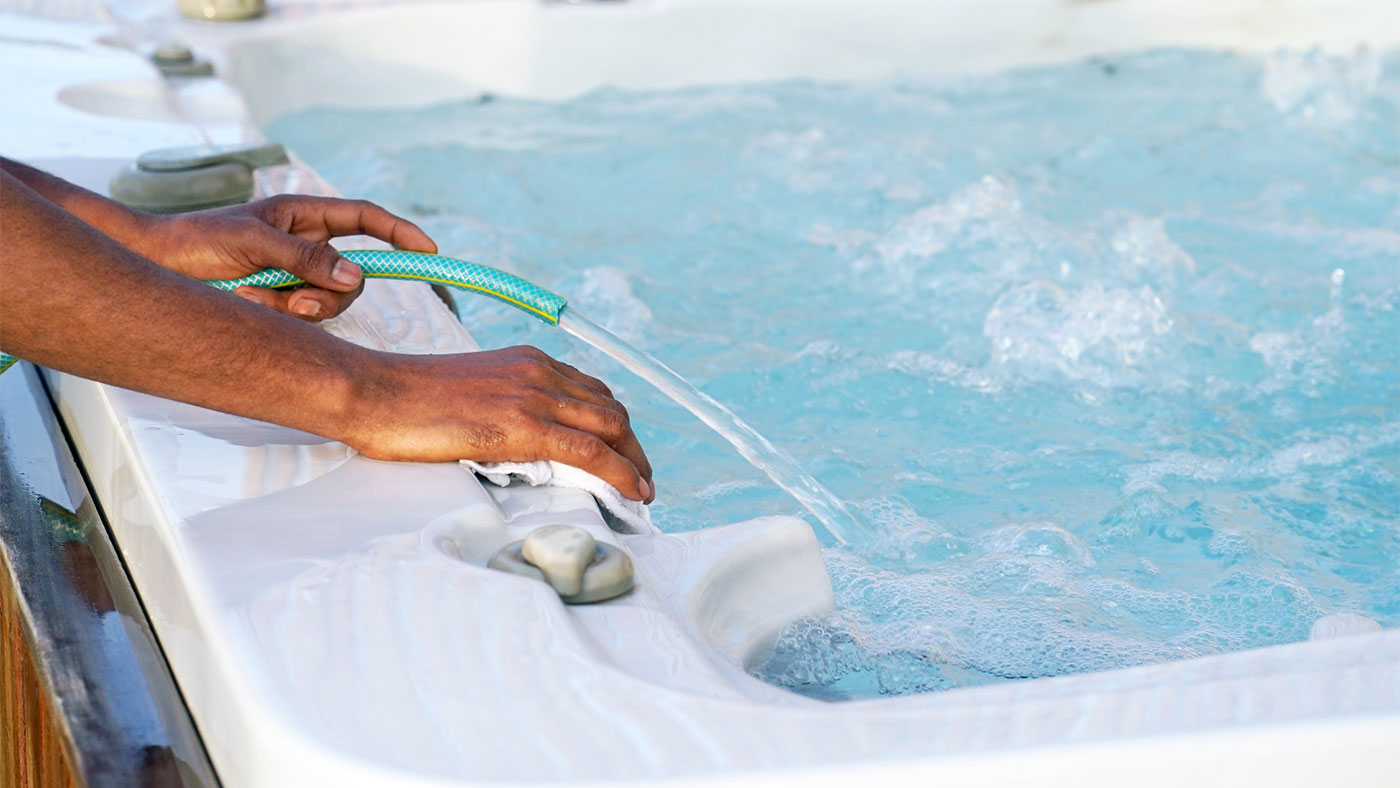
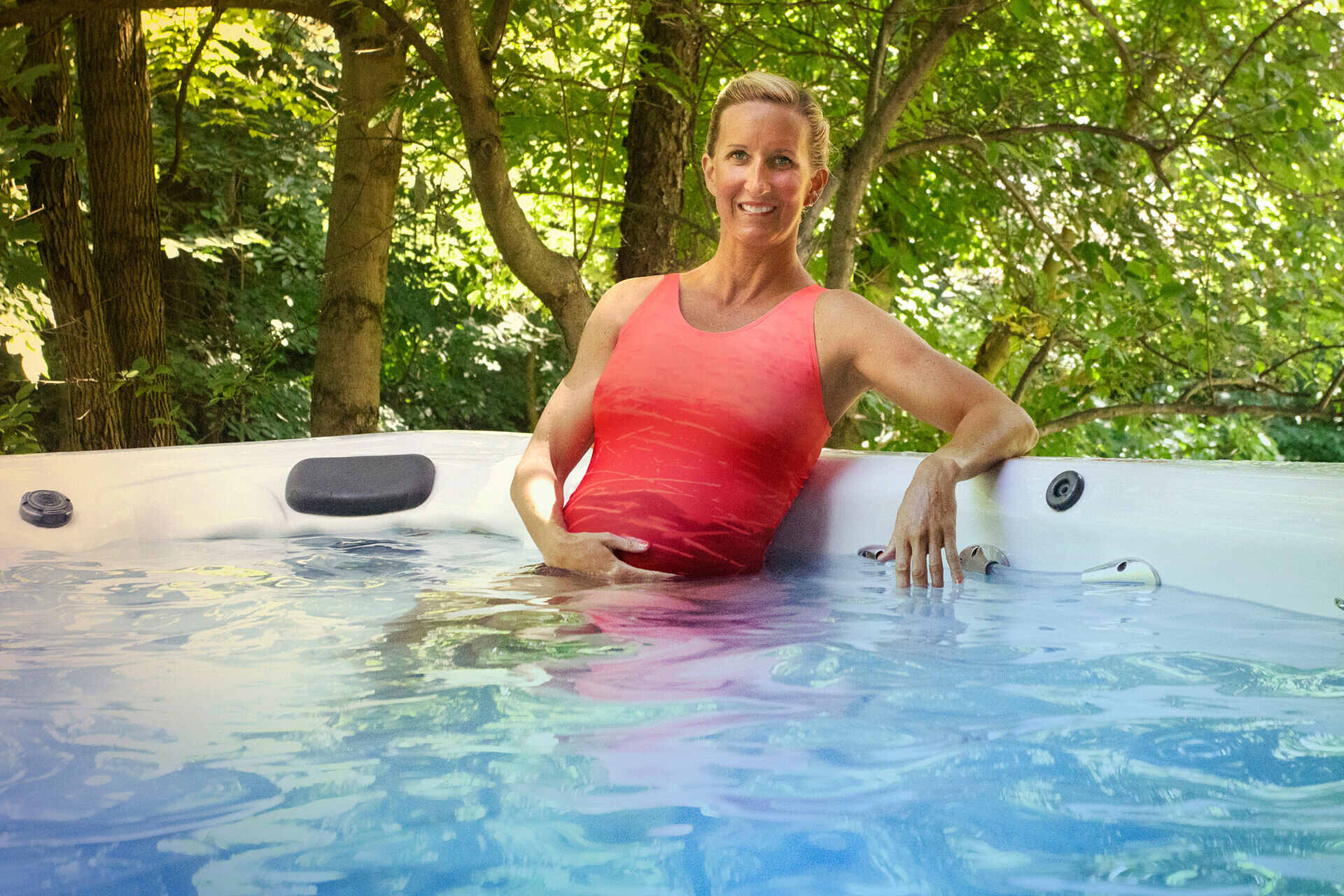
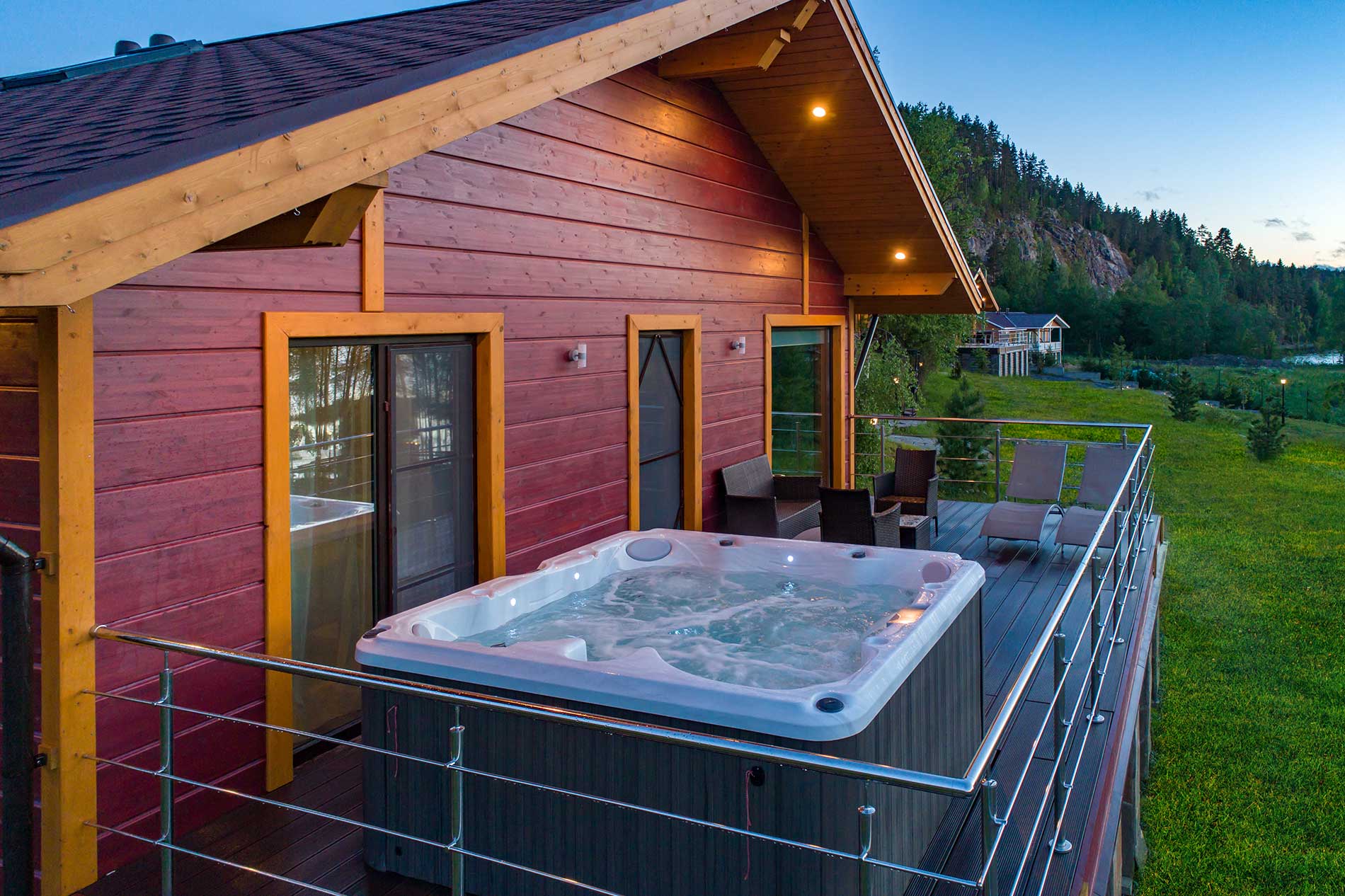
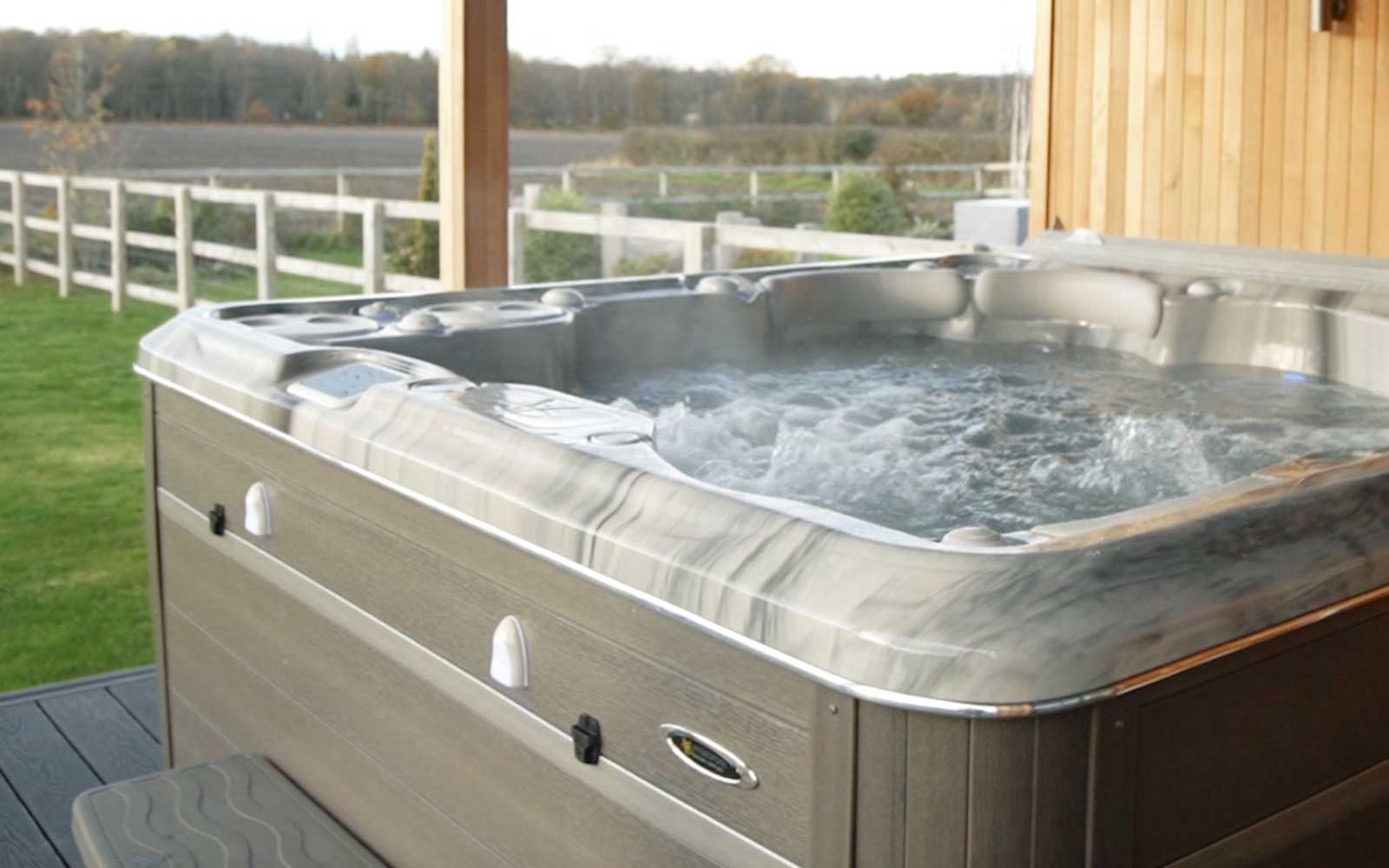
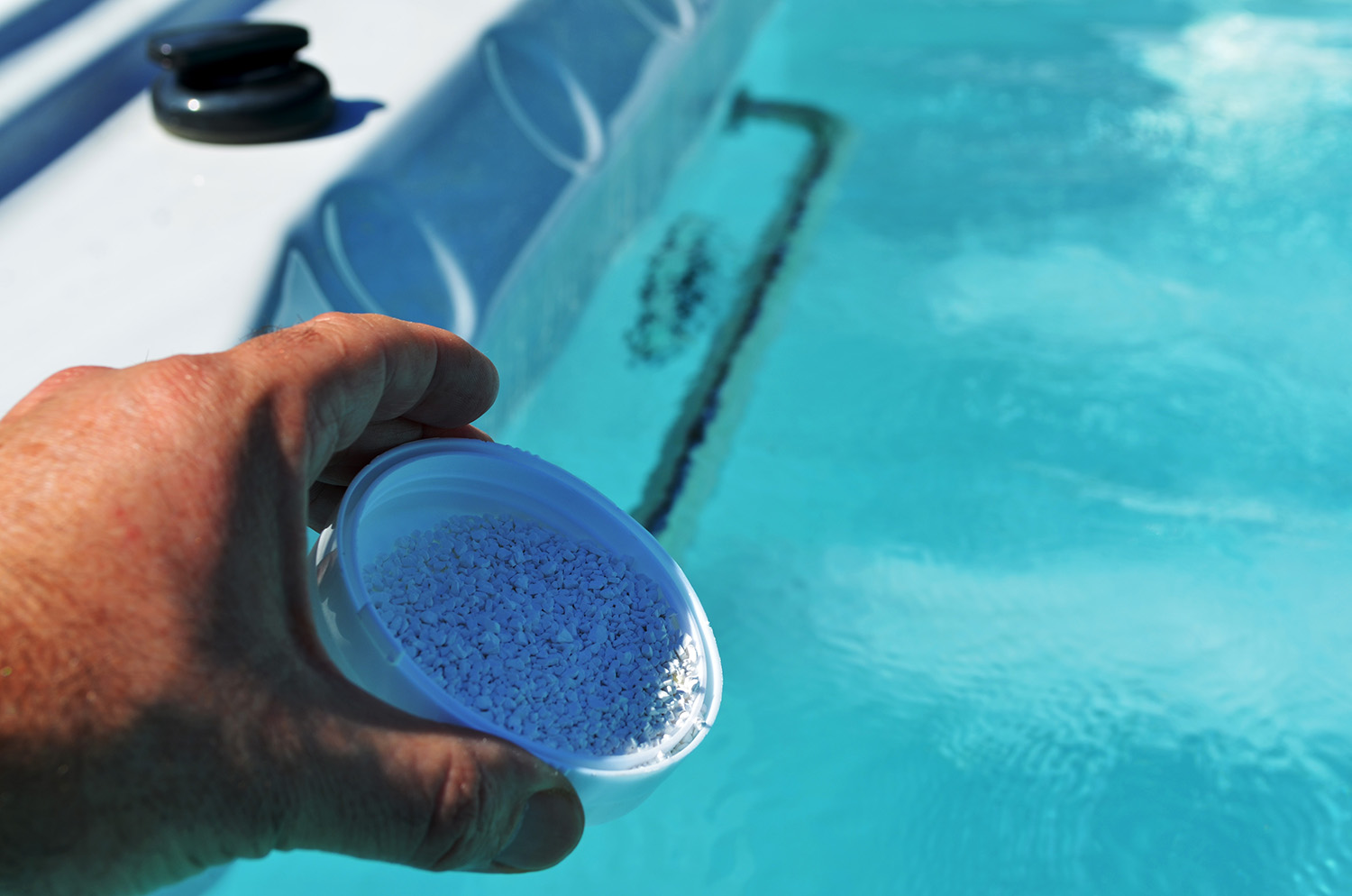

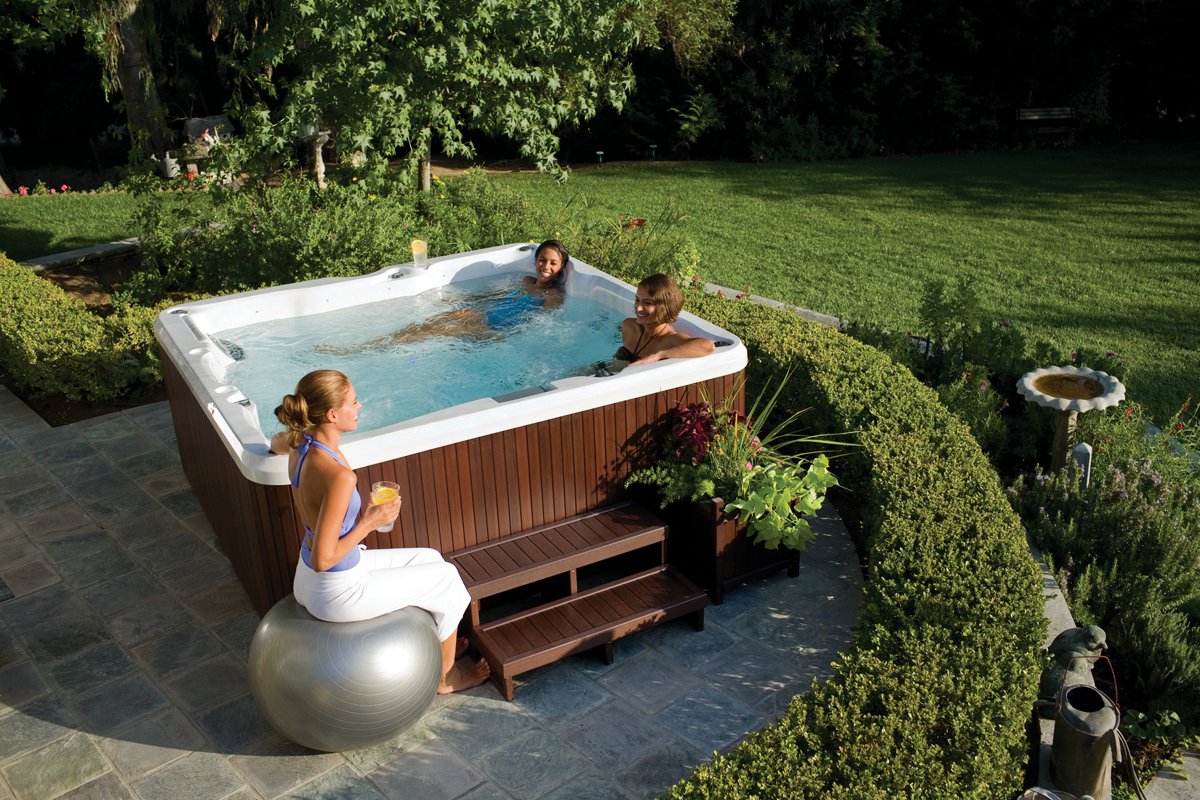
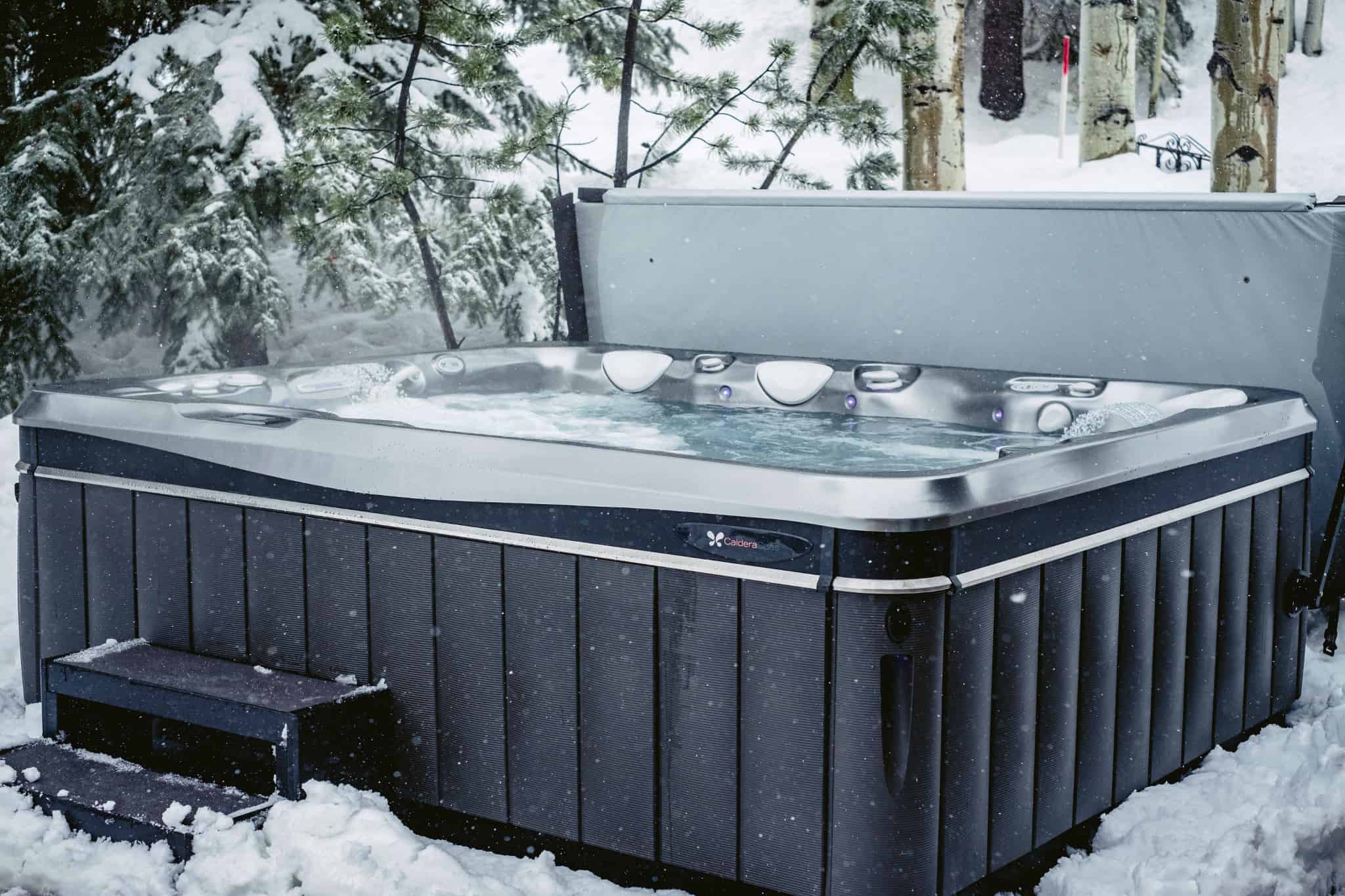

0 thoughts on “What Chemicals To Add When Refilling A Hot Tub”